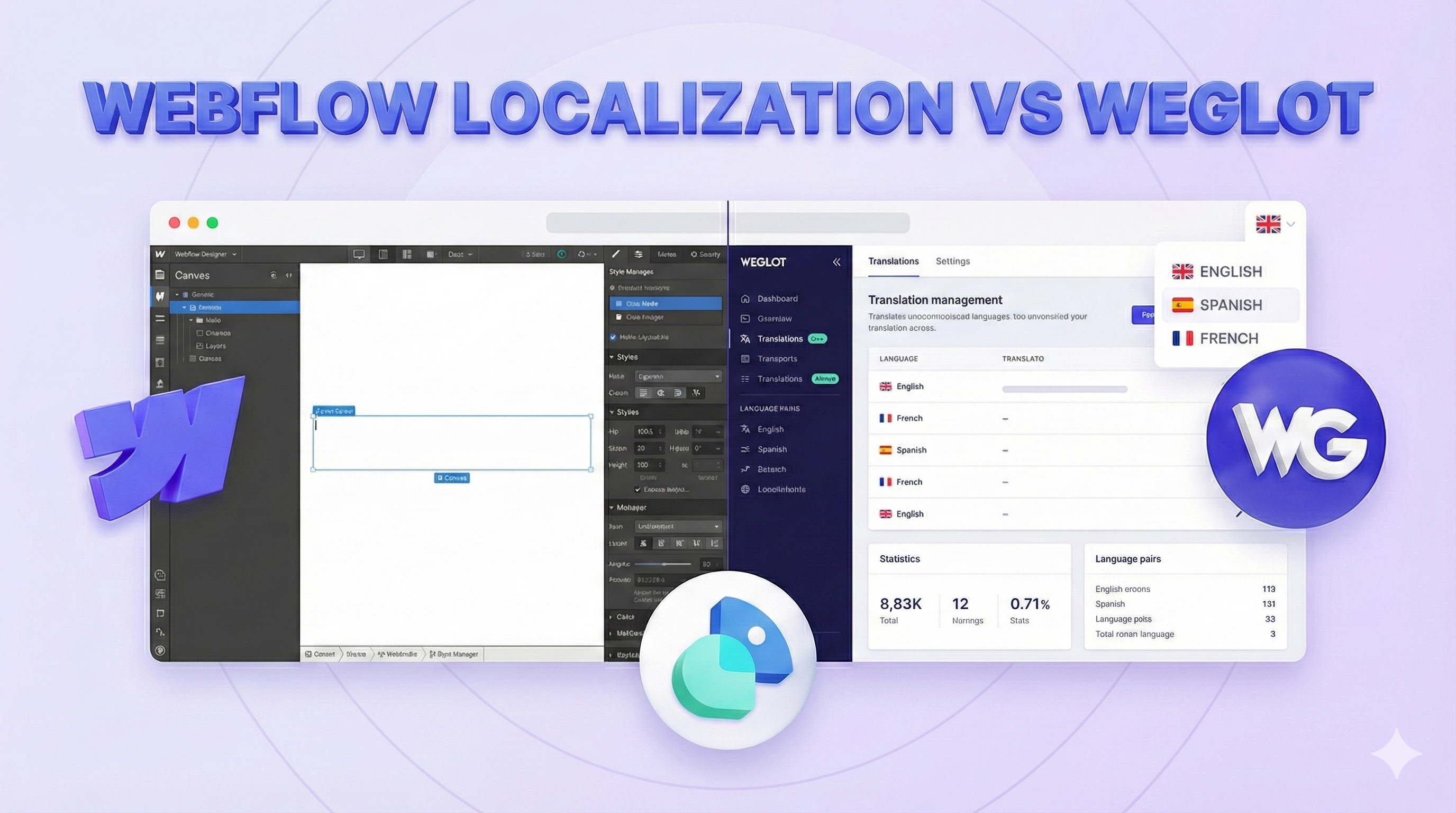Pixels and rems are terms that are commonly used in web development and it is important to understand them to create quality websites. In this article, we're going to explain what they are and why it's important to understand the difference between the two.
Pixel: definition
Pixels are a unit of measurement widely used in web development, because they allow you to define the size of an element on a screen with absolute precision. So pixels are a popular choice for developers who want total control over the size of elements on their website.
The use of pixels
When you use pixels to define the size of elements on your website, you can be sure that the element will be exactly the same size on all screens. However, this can also cause problems if you want your website to be responsive and to be displayed correctly on screens of various sizes. The pixels are fixed and do not automatically adapt to different screen sizes.
Advantages of pixels:
- Absolute accuracy of the size of the elements on the site
- Full control over the size of the elements
Despite these benefits, pixels can cause problems if you want your website to look good on screens of various sizes. It is therefore important to weigh the pros and cons before deciding to use pixels to design your site.
Rem: definition
REMs are a relative unit of measurement that is based on the size of the parent font to define the size of an element on a website. REMs are therefore more flexible than pixels and adapt automatically to different screen sizes.
The use of rems
When you use rems to define the size of elements on your website, you can be sure that the element will have a similar size on all screens. This means that you can have a website that is displayed correctly on screens of various sizes, which is very important for the user experience.
Advantages of rems:
- Flexibility to adapt to different screen sizes
- Ensures an optimal user experience on all types of screens
By using REMs, you have better control over the display of your website on different screen sizes, which is crucial to ensure a responsive site and an optimal user experience. However, it is important to note that rems can be more difficult for beginning developers to use, as they require some understanding of the parent font and how they are used to define the size of elements on the website.
Rem or pixel?
Pixels and rems are two different units of measurement used to define the size of elements on a website. Pixels offer absolute precision in the size of elements, but can cause problems if you want your website to be displayed correctly on screens of various sizes. REMs, on the other hand, are more flexible and adapt automatically to different screen sizes, which ensures an optimal user experience.
It's important to understand the pros and cons of each unit of measurement to determine what's best for your particular website. If you want total control over the size of specific elements on your website, pixels may be the right choice. But if you want your website to be displayed correctly on screens of different sizes, rems are preferred.
How many REMs are there in 1 pixel?
In reality, the answer to this question depends on the browser and the size of the parent font set on a website. By default, the size of the parent font is set to 16 pixels, which means that an element set to 1 rem will have a size of 16 pixels. However, the size of the parent font can be set to another value, which will have an impact on the number of REMs in 1 pixel.
Example of converting rem to pixel
For example, if the parent font size is set to 10 pixels, an element set to 1 rem will have a size of 10 pixels. If the size of the parent font is set to 20 pixels, an element set to 1 rem will have a size of 20 pixels.
In other words, the number of rems that are 1 pixel depends on the size of the parent font defined on a site or web browser. There is no standard answer to this question, as it depends on how the site or browser is set up and configured.
On Webflow, the tool takes care of the conversion itself!
When you develop your site on Webflow you have the possibility to directly convert your pixels into rem. To do this, you can do the conversion directly where you are used to entering the pixels in the designer. All you have to do is add “/16” behind the pixel number for it to convert to rem. Another solution is to download an extension like Finsweet that allows you to convert the page directly.
With the Scroll agency, opt for a 100% responsive website
At Scroll we are experts on Webflow and that is why we have developed the Webflow agency to support you in the creation of your website. Our solutions are tailor-made and 100% responsive to adapt to all devices. No need to worry about converting pixel to rem, our experts take care of everything for you. If you have a project to create or redesign a website, do not hesitate to contact us!
Faq


.svg)


















.svg)
.svg)
.svg)